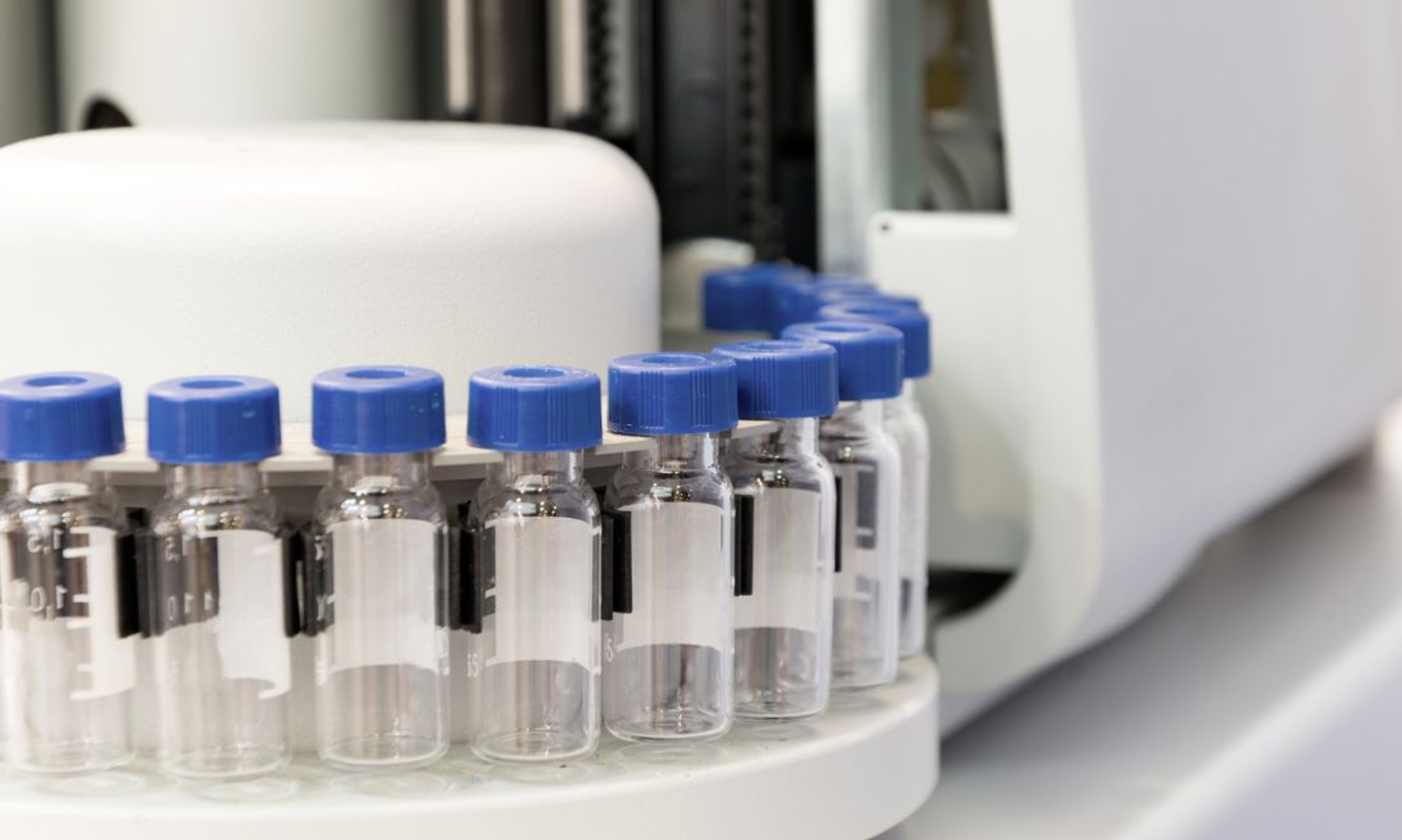Top Uses of High-Purity Gases in Laboratories
High-purity gases and specialty gas mixtures are very important in most laboratories and greatly enhance the accuracy, efficiency, and reliability of analytical and experimental procedures. With the advancements in modern technologies and instrumentation, the demands for these gases have grown significantly across many industries. We will explore some of the top uses of high-purity gases in laboratories and discuss how they contribute to achieving precise results.
Gas Chromatography
Gas chromatography is a widely-used analytical technique in laboratories for separating and analyzing volatile compounds in a mixture. High-purity gases are essential for improving the sensitivity and resolution of the technique, enabling precise identification of the individual components.
Argon, helium, and hydrogen are common carrier gases used in this process, and specialty gas mixtures serve as calibration standards. High-purity gases ensure the optimal performance of the gas chromatography system, minimizing background interference and reducing the risks of container contamination.
Spectroscopy
Spectroscopy is a versatile scientific technique employed across various industries, including pharmaceuticals, petrochemicals, and environmental monitoring. High-purity gases are integral in spectroscopy applications, such as atomic absorption spectroscopy, infrared spectroscopy, and mass spectrometry.
In these techniques, the purity and quality of the gases directly impact the detection limits and sensitivity of the instruments. These specialty gases often serve as reference standards or as a calibration gas and ensure the accuracy and traceability of measurements.
Environmental Monitoring and Emission Testing
Environmental monitoring and emission testing are crucial for many labs to ensure compliance with regulations and protect human health and the environment. High-purity gases play a critical role in these applications.
Zero-air generators produce air with trace amounts of hydrocarbons, which serves as a clean and stable baseline for analyzing volatile organic compounds (VOCs) in air samples. Additionally, specialty gases are employed as calibration gases for instruments that measure emissions from different sources, such as automobiles or industrial processes, and contribute to precise measurements.
Laboratory Safety and Calibration
Accurate calibration of laboratory equipment is essential for maintaining quality control, traceability, and regulatory compliance. Specialty gas mixtures are widely used as calibration gases for various lab equipment items, including gas detectors, gas analyzers, and environmental chambers.
High-purity gases, such as nitrogen or carbon dioxide, play a vital role in laboratory safety. They can displace or purge oxygen from a potentially unsafe environment and prevent oxidative reactions, explosions, or fires.
Life Sciences and Biotechnology
High-purity gases find widespread use in laboratories that perform life sciences and biotechnology research. For example, cell cultures require well-regulated environments that involve a precise balance of gases (e.g., an oxygen-carbon dioxide mixture) for optimal growth and functioning.
Specialty gases, such as isotopically labeled compounds, are employed in tracer studies to understand complex biological processes, such as metabolism or signaling pathways. The use of high-purity gases in these applications is imperative for mitigating cross-contamination, reducing background noise, and enabling high-resolution, accurate measurements.

